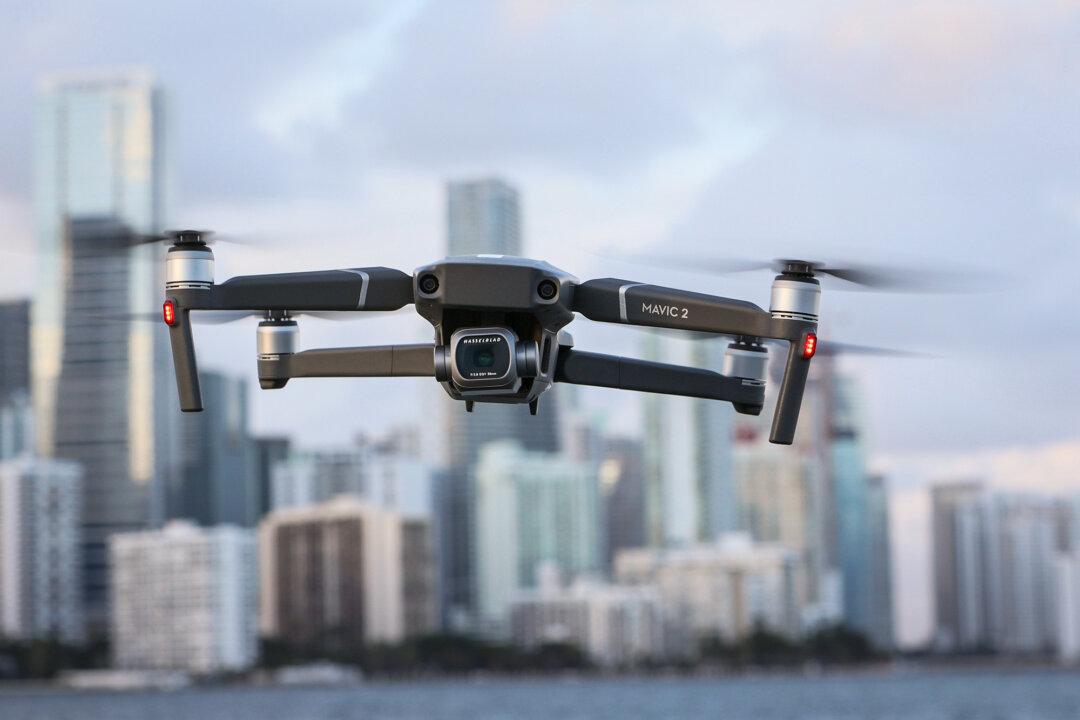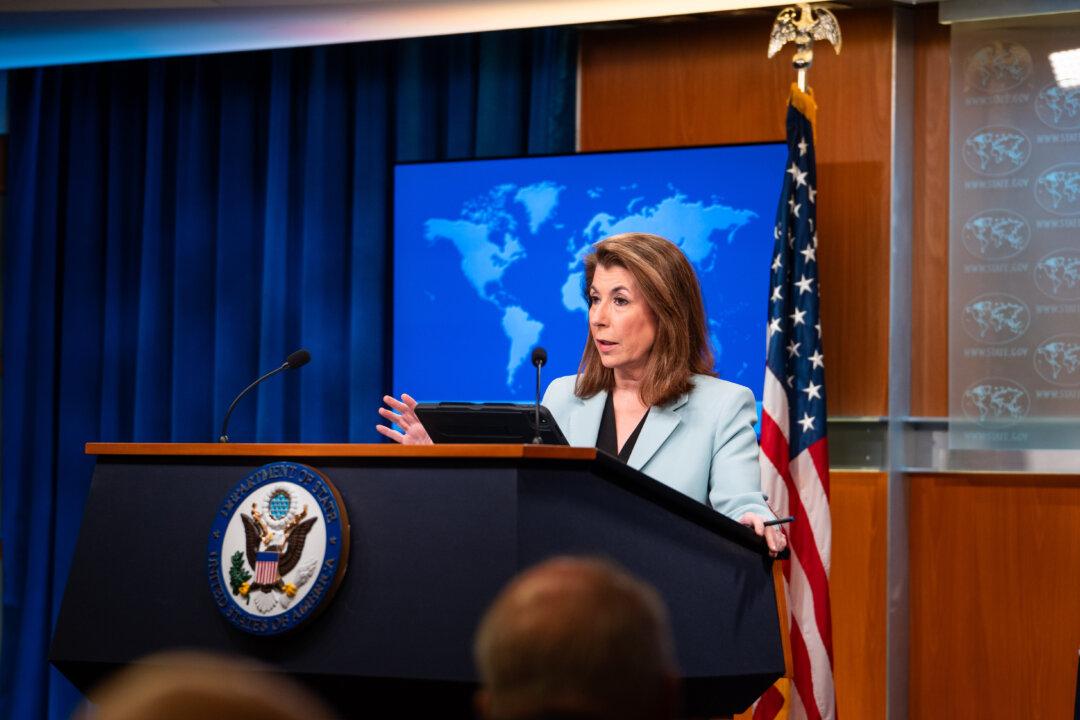A Chinese invasion of Taiwan could potentially escalate into a nuclear war between China and the United States, with hundreds of millions in casualties, according to a war game conducted by the Center for Strategic and International Studies (CSIS) and a war gaming lab at the Massachusetts Institute of Technology (MIT).
Eight of the 15 cases resulted in nuclear use, with Chinese teams choosing to use nuclear weapons the first seven times.
“Achieving a total victory like overthrowing the CCP [Chinese Communist Party] or disarming China was not achievable when the adversary is armed with nuclear weapons,” Cancian added.
The 15 iterations resulted in five different outcomes: a cease-fire with the withdrawal of the defeated Chinese military forces from Taiwan; a cease-fire with China establishing an enclave on Taiwan; Chinese troops on the island get destroyed but Taiwan agrees not to declare formal independence; general nuclear war with hundreds of millions of casualties; and the absence of any cease-fire deal or nuclear conflagration.
The CCP considers Taiwan a part of its territory even though it has never ruled the self-governing island. Taiwan, a de facto independent country, is a full-fledged democracy with its own democratically-elected officials, military, and constitution.
Nuclear Modernization
Eric Heginbotham, another coauthor and a principal research scientist at MIT’s Center for International Studies, said at the event that China’s initial nuclear strikes were directed primarily at operational targets in Taiwan.“None of the U.S. teams simply decided to cut and run in the face of Chinese nuclear use,” Heginbotham said.
Different U.S. responses led to different results, Heginbotham said. Attempts by the U.S. side to continue fighting with conventional weapons “generally led to further nuclear use by China,” while U.S. nuclear strikes against Chinese cities escalated the conflict into general nuclear war, he added.
One takeaway from the war game was that there were limits to the superiority of the U.S. nuclear capabilities.
“U.S. nuclear advantage neither deterred China from using nuclear weapons nor proved particularly useful in nuclear bargaining after first [nuclear] use,” Heginbotham said.
“We recommend that the current nuclear modernization plans be executed, but also conclude that expanding the arsenal beyond that point is unlikely to provide decisive leverage in a conflict with China.”
The report also recommends that the United States come up with possible “face-saving off-ramps” that could be offered to China, so that the two sides don’t go to a nuclear war.
“In the games, one of two things happened: either off-ramps were offered at some point in the conflict and the other side agreed, or the teams pressed for total victory with catastrophic consequences,” Heginbotham said.
“In considering off-ramps, planners should look to achieve important U.S. objectives but provide at least face-saving means for the adversary to exit [the] conflict,” he added. “This sometimes involves allowing China to evacuate isolated soldiers rather than forcing them to surrender.”







